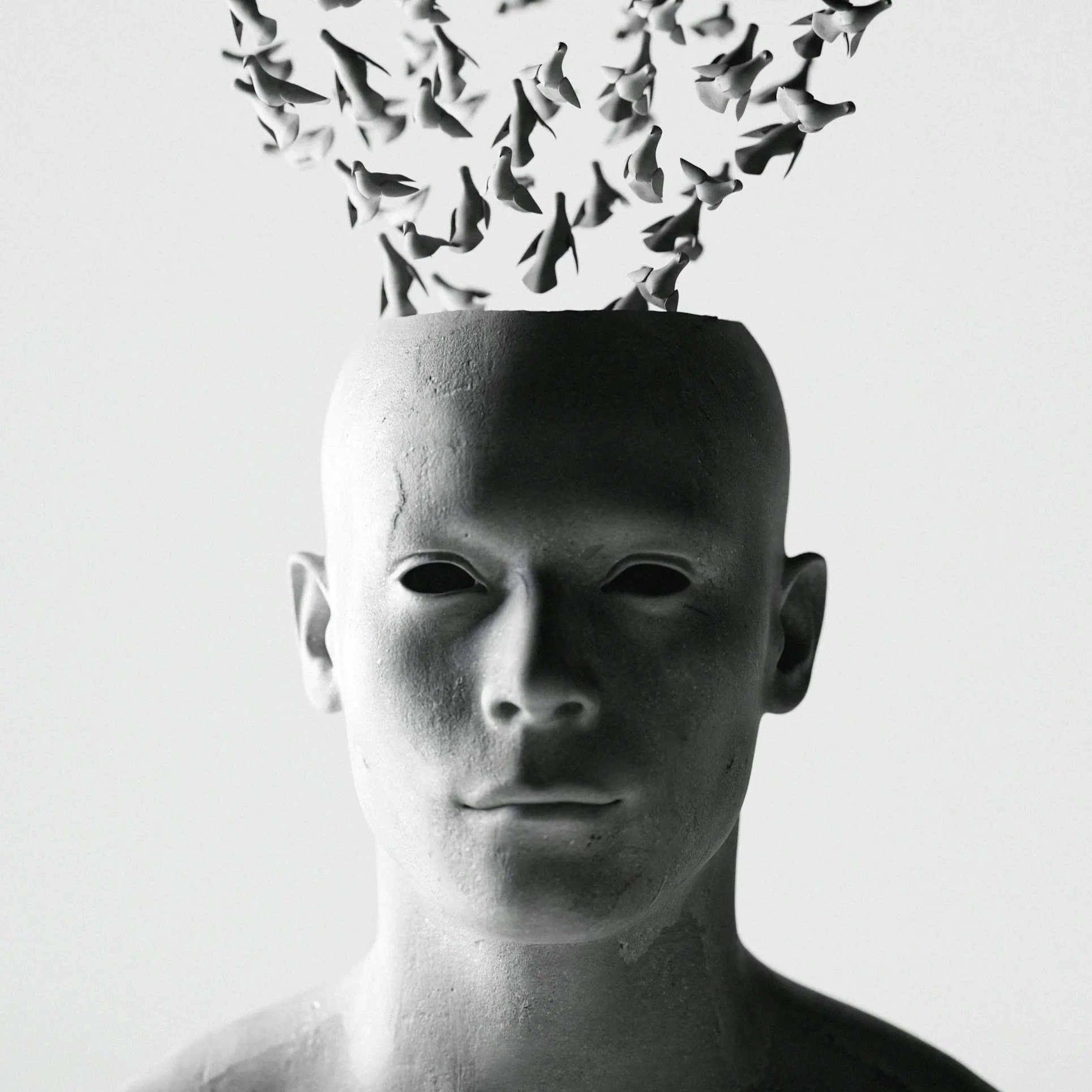Suicide Is Not Simple
Post 1 - Suicide awareness
Globally, more than 700,000 people die by suicide every year
It is one of the leading causes of death among young people — the third leading cause among ages 15–29
Suicide is not a simple act. It’s not the result of just one bad day, one mistake, or one diagnosis. It’s the culmination of multiple pressures converging on a soul who, in that moment, cannot see another way out of their suffering.
Globally, more than 700,000 people die by suicide every year. It is one of the leading causes of death among young people — the third leading cause among ages 15–29. Those numbers are staggering, but they’re more than statistics. Behind each one is a name, a face, a story — someone’s child, partner, friend, or parent.
The Tapestry of Causes
Suicide rarely has a single cause. Instead, it arises from a tangled tapestry of vulnerabilities and stressors.
Vulnerabilities might include a history of mental illness, trauma, or even genetic predispositions.
Stressors can range from financial collapse, job loss, and relationship breakdowns to chronic illness or unrelenting pain.
When too many of these threads converge, they can overwhelm even the strongest coping abilities.
Mental health disorders, especially depression and bipolar disorder, are often part of this tapestry. Studies show that the majority of people who die by suicide have a diagnosable mental illness at the time of death. But here’s the sobering truth: about 54% of U.S. suicide victims did not have a formal diagnosis. That means many were struggling silently, never treated, never acknowledged on paper.
A Crisis of Hopelessness
One theme appears again and again in suicide research: hopelessness. It’s not just sadness. It’s the crushing belief that tomorrow holds no light, that life will never change, that the pain will never lift.
Hopelessness sounds like:
“What’s the point?”
“Nothing will ever get better.”
“I just want it all to stop.”
This cognitive state narrows a person’s vision until suicide feels like the only way forward. It’s why clinicians take words of hopelessness so seriously — they’re not just expressions, they’re red flags.
The Battle Between Our Ears
Perhaps the hardest battle we will ever fight is the one located between our ears. The human mind can be both a healer and a destroyer. When distorted thinking takes root — “I am worthless,” “I’m a burden,” “It will never change” — it feeds the spiral of despair.
This series is about untangling that web. Because while suicide is complex, so is resilience. There are lifelines, anchors, and ways to keep hope alive, even when darkness feels overwhelming.
👉 Next up: Post 2: The Role of Depression — where we’ll take a closer look at depression, how it distorts reality, and why it’s so deeply tied to suicide.

